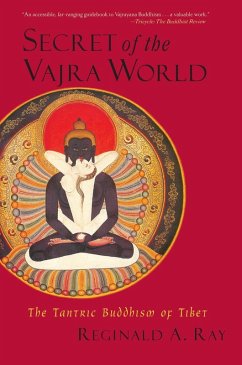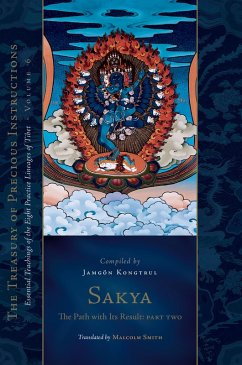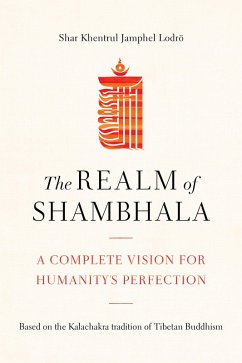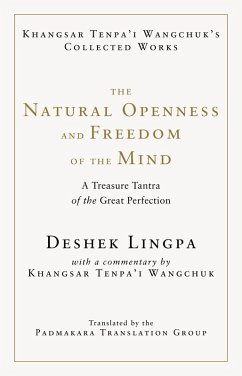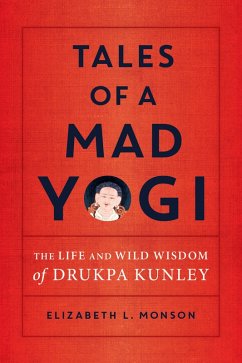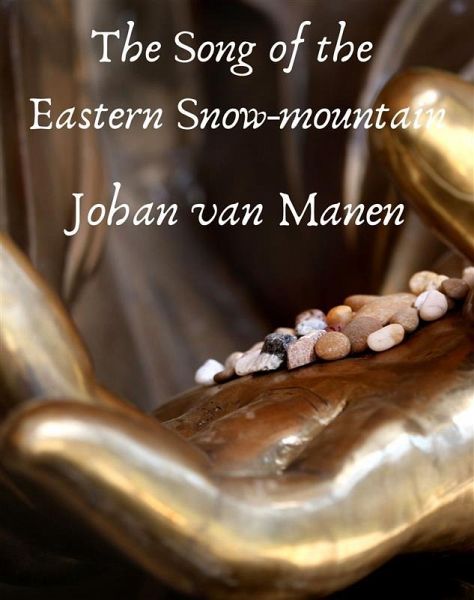
The song of the Eastern Snow-mountain (eBook, ePUB)

PAYBACK Punkte
1 °P sammeln!
Lewin, in his 'Manual of Tibetan,' 1879, preface, states: "Tibet and its language are still comparatively unknown … the familiar tongue of the people, their folk-lore, songs and ballads are all unknown." Far from contradicting this saying, Jäschke, the greatest Tibetan scholar of his time, stated two years later, in 1881, in the preface to the third edition of his Tibetan Dictionary: "(To) the student who has for immediate object to learn how to read and write the Tibetan language … existing dictionaries (are) almost if not quite useless." Since Jäschke's third edition, two new...
Lewin, in his 'Manual of Tibetan,' 1879, preface, states: "Tibet and its language are still comparatively unknown … the familiar tongue of the people, their folk-lore, songs and ballads are all unknown." Far from contradicting this saying, Jäschke, the greatest Tibetan scholar of his time, stated two years later, in 1881, in the preface to the third edition of his Tibetan Dictionary: "(To) the student who has for immediate object to learn how to read and write the Tibetan language … existing dictionaries (are) almost if not quite useless." Since Jäschke's third edition, two new Tibetan dictionaries have appeared. Walsh in an article in the J.A.S.B., Vol. 72, Pt. 1, n. 2, 1903, reviewing the last one of these, the one by Sarat Chandra Das, says, p. 78: "Although the present Dictionary has fulfilled what it purposed to be, namely, a complete Dictionary of literary Tibetan, so far as our present sources of knowledge go, it does not fulfil the requirements of a standard dictionary of the entire language, and the standard dictionary of the modern and current Tibetan language has yet to be written."
Dieser Download kann aus rechtlichen Gründen nur mit Rechnungsadresse in A, B, BG, CY, CZ, D, DK, EW, E, FIN, F, GR, HR, H, IRL, I, LT, L, LR, M, NL, PL, P, R, S, SLO, SK ausgeliefert werden.







